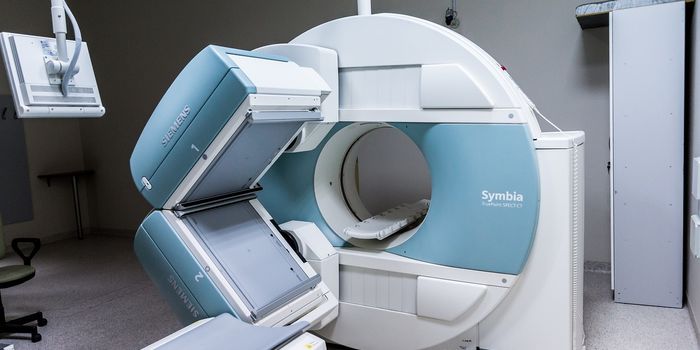Computerized Car-Hacking Continues, This Time With Tesla Under the Magnifying Glass
It seems like not even just a couple of weeks ago, Chrysler was under fire after hackers were able to barge into the computer system of one of the newer Jeep Cherokees via a cellular connection and the car's Uconnect infotainment system.
While under control, the hackers were able to adjust the radio volume, make the windshield washer fluid pumps spray the windshield, disable the brakes, turn the steering wheel, and even turn the car off and disable it.
Although Chrysler is releasing a fix by recalling 1.4 million vehicles to issue a software update, their cars aren't the only ones that appear to be vulnerable to hacking. Now, the Tesla Model S has been hacked into. This is a big deal, because Tesla is referred to as the most "wired" car on the market because of all the technology that is built into it.

There is a caveat to this instance, however; it requires physical access to the car, which means if someone can't get into your Tesla Model S then you're probably in good shape; if they break in, on the other hand, then not so much.
As Wired reports, two researchers were able to plug their laptop into the Tesla Model S via an Ethernet cable connection, where the researchers could then start the car using the computer, and even plant a Trojan Horse malware infection that could be used to remotely shut down the car afterwards if the user visited a malicious Web site using the car's built-in computer, which reportedly uses an out-of-date Web browser with unpatched vulnerabilities.
"We shut the car down when it was driving initially at a low speed of five miles per hour. All the screens go black, the music turns off and the handbrake comes on, lurching it to a stop," CloudFlare security researcher Marc Rogers said in a comment.
Tesla already has a patch for the vulnerability, as a Tesla spokeswoman told Wired, and Tesla users will be prompted to install the patch to protect their car's security:
"In particular, the path that the team used to achieve root (superuser) privileges on the infotainment system has been closed off at several different points. In particular, the browser has been further isolated from the rest of the infotainment system using several different layered methods."
The only fortunate piece of information that we can gather from this news is that Tesla went a step further than Chrysler to make sure that the car's built-in infotainment system was completely separated from computers controlling the critical operations of the car. What this means is that someone hacking into a Tesla Model S infotainment computer wouldn't be able to render the brakes useless, remotely turn the steering wheel, or cause some other possible split-second casualty.
Clearly, the excessive dependency of electronics in modern cars is not a good idea, and we need to get back to having some kind of mechanical control over our cars. It's unlikely that automobile manufacturers will heed this advice, however; instead, they'll just beef up security, which hackers will likely always find some kind of way around as they always do.
What does this mean for Tesla Model S drivers? - Not only should you lock your doors to prevent access, but you should also install the patch from your car's computer when you are prompted.
Source: Wired








